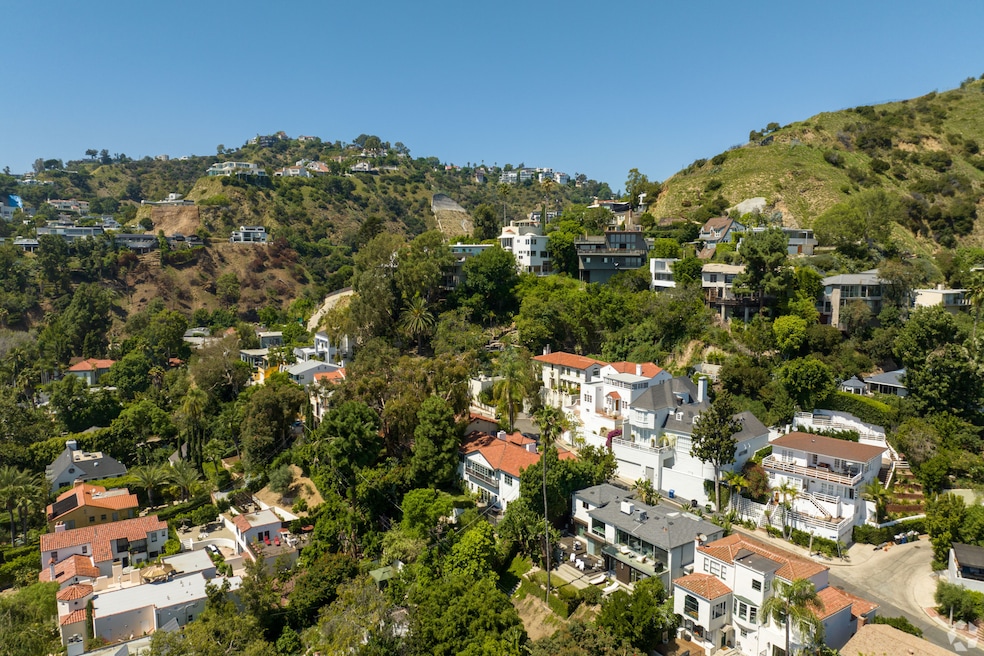A large swath of Americans say they live in cramped housing situations where there are too many bodies and not enough bedrooms.
About 19.1 million people live in a home that's considered overcrowded, according to a study released this week from LendingTree. The personal finance website defined "overcrowded" as more than two people living in one bedroom of a home — such as three people in a studio or a four people in a one-bedroom condominium.
Home overcrowding takes many forms, LendingTree said, from roommates bunking in the same apartment to single families living in a home where the children all sleep in the same room. A couple of reasons help explain why Americans are opting to overcrowd, LendingTree said. First, the nation's growing preference for multigenerational housing, which is when two or more generations of one family live together in the same house, could also be fueling the cramped spaces.
Some would-be homebuyers are also choosing to pile in with friends or family so they can save money toward eventually buying a home, LendingTree said. Home prices are so high these days that "buying a house often requires sacrifice," Matt Schulz, LendingTree's chief consumer finance analyst, said in a statement.
"While everyone would love to get a big house with extra bedrooms that they can use for office space, media centers, workout rooms and such, that's just not in the cards for many Americans," Schulz said. "Instead, they're trading space for affordability in hopes of reaching their dream of home ownership."
To be sure, purchasing a home is getting financially tougher for average Americans, regardless of where they live.
The average sales price of a U.S. home grew from $396,900 in the fourth quarter of 2020 to $510,300 during the same quarter of 2024, according to the Federal Reserve Bank of St. Louis. Prices have skyrocketed, in part, because there's a nationwide shortage of homes available for sale, causing intense demand, particularly in major cities, economists have said. Meanwhile, the average interest rate on a 30-year home loan has doubled from 3.3% in March 2020 to 6.6% this month, pushing homeownership even further out of reach for the middle class.
The LendingTree study found that California, at 12.9%, has the highest percentage of residents in overcrowded living conditions. Hawaii at 11.5% and New York at 9.7% were the second and third highest in the ranking. Using 2023 U.S. Census Bureau data, LendingTree researchers found that California has 4.9 million overcrowded homes, while Hawaii and New York have about 161,000 and 1.8 million, respectively.
Those three states are most likely filled with overcrowded spaces because housing prices there have grown so high that residents are finding it difficult to achieve homeownership, LendingTree researchers said.
By contrast, Vermont at 2.4% has the lowest percentage of crowded homes in the U.S. West Virginia, at 2.5%, and New Hampshire and Maine, both at 2.7%, were also among the nation's lowest.


